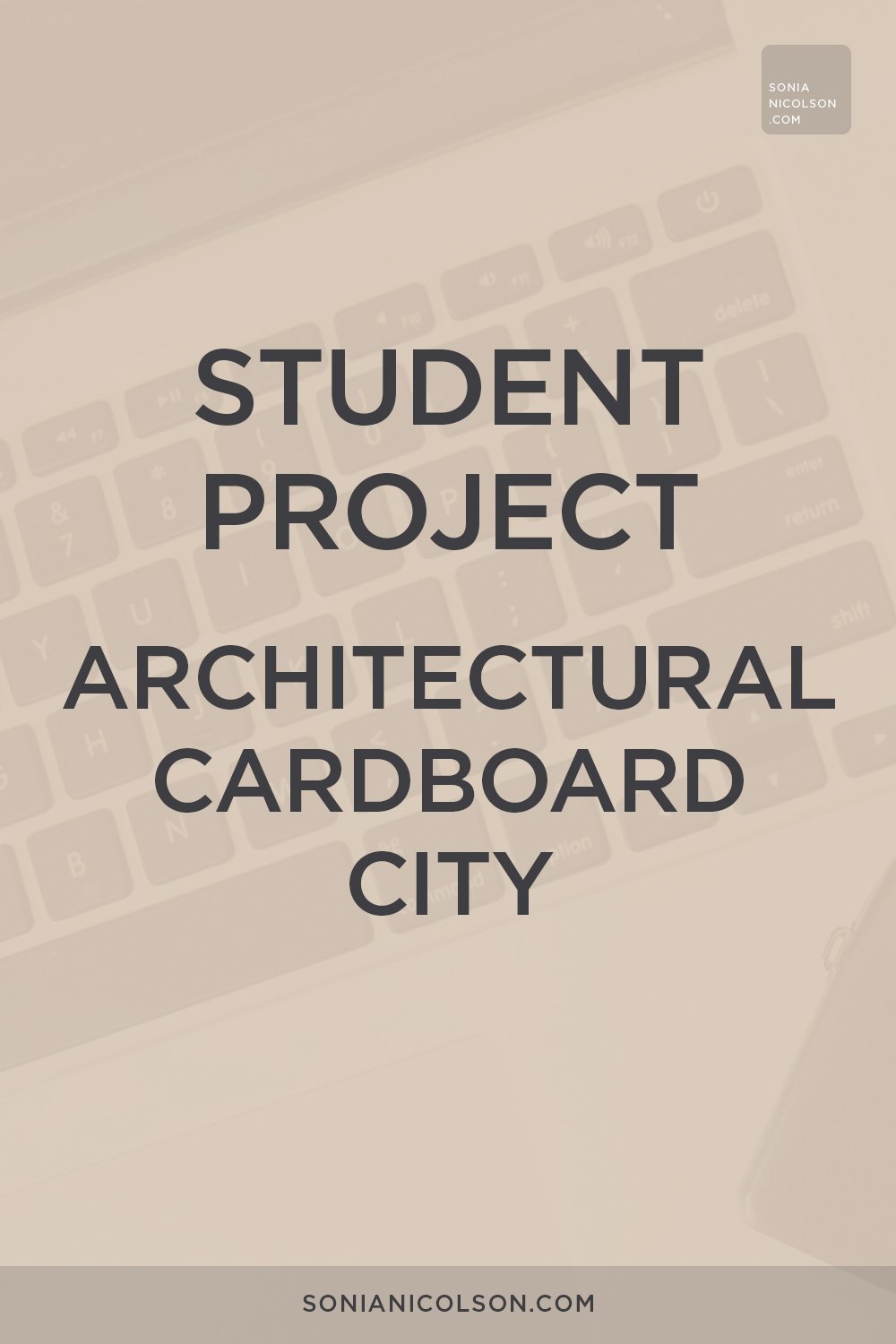Architectural Cardboard City, Student Project
/This is a project I run with our first-year Interior Architecture students in the first term each year. It looks at urban design, creating a city for the future, and encourages students to be as imaginative as they want to be in creating a model city.
Working as a class, we discuss the idea of the city and what it means to each student, taking into consideration their background, culture, education, experiences, and so on. We start out in group discussions and, as we develop our ideas for the city, we split into groups and then pairs. Looking at precedent studies of urban design and architecture, students study iconic buildings and inspirational designers to touch on ideas and influence. All of this work is recorded by each student in their handmade sketchbook diary.
Once a layout has been agreed upon, students then split into pairs. Each pair is given a square (500mm x 500mm) which represents their part of the city. They choose a type of building or function within the city for their square to play out and make sure this is located on the cities layout. Noting down who their neighbors are, the students design out their building, checking and discussing heights, access, views, function, form, etc with their neighbors. Once the design has been agreed with sketches, drawings, and sketch models, they start to build a 1:50 cardboard model. The reason we restrict the students to cardboard is to ensure fairness of materials (they call to source the same supermarket cardboard boxes) and so it does not cost them anything (which in turn highlights the importance of reusing materials and recycling).
They have a week to design, and a week to model making. At the end of this time, they collectively present their squares, laying one down after the next until the entire city is built.
watch the video
After the presentations are given, we take some time to reflect on previous discussions and expectations. The students are then given some extra time to add to the overall city as a group. In this time they will add in more scale people, tree and landscaping, different forms of transport and try to connect buildings together with paths or bridges.
It's a fun and imaginative project which gets students stuck into a making project within the first few weeks of their course - and the older students enjoy coming in for the presentation too.





























